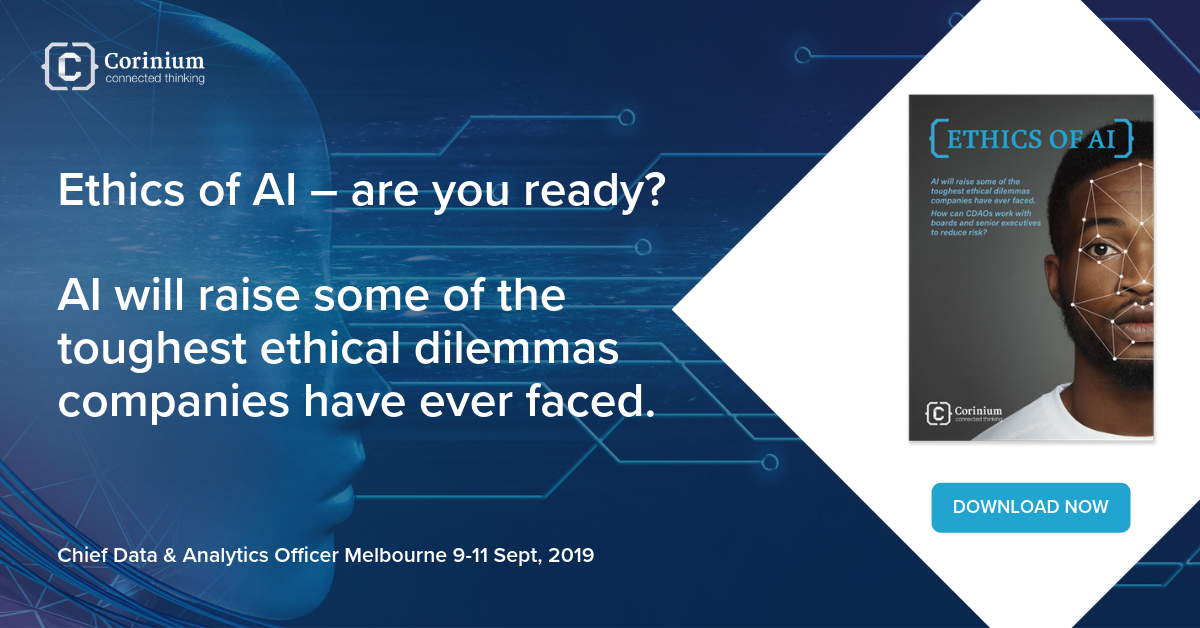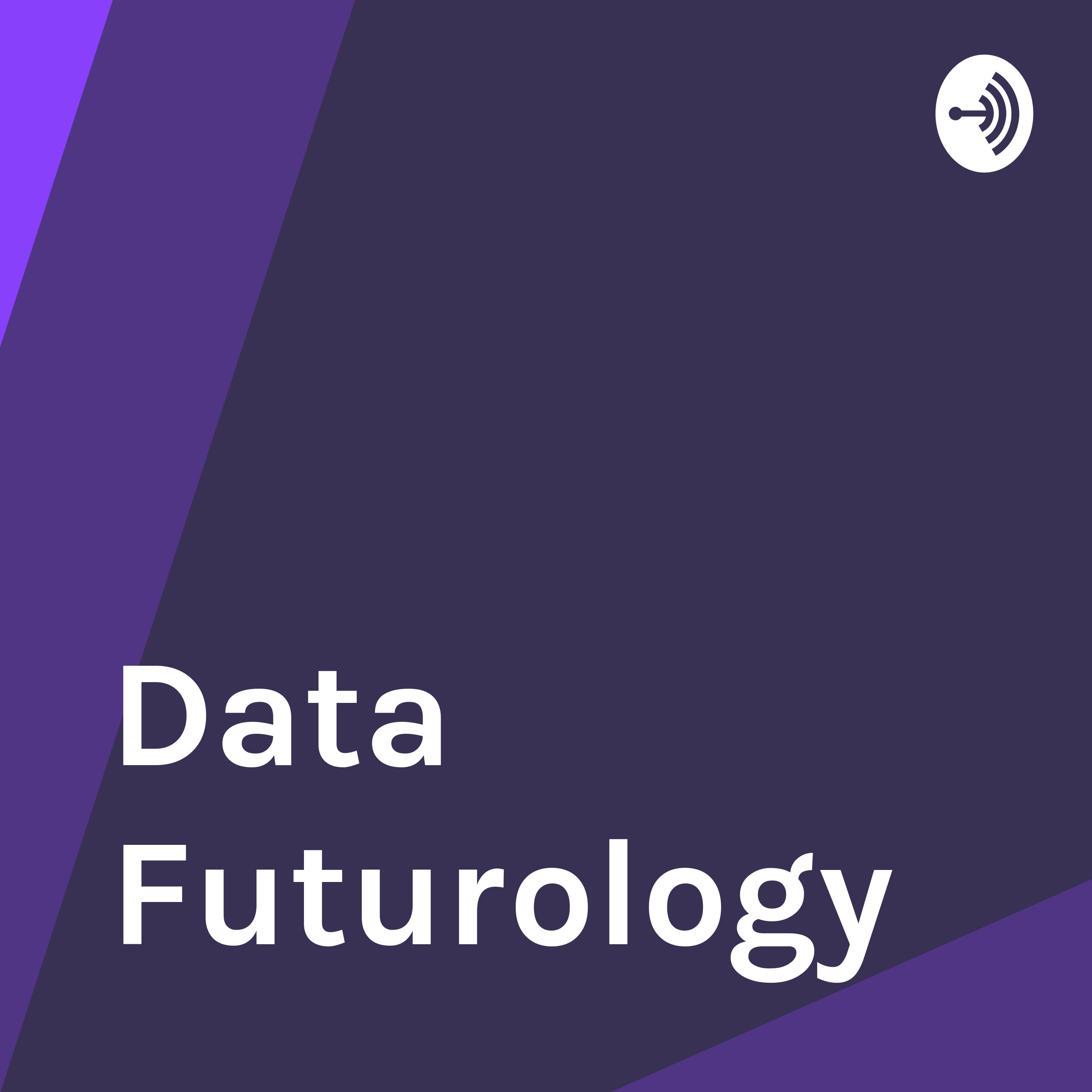When I look back at what we’ve achieved at Yellowfin, there are five innovations that I’m most proud of. They have not only delivered a fantastic product but have also shaped the BI industry.
1. Creating an enterprise web platform
At the time we came to market, most BI vendors were desktop or GUI products that were difficult to use and deploy globally. We chose to deviate from the norm and build a web-based BI platform. While we realized this was a challenging path from a development perspective, our vision was for an end-to-end workflow delivered in the browser.
This was a gutsy call at the time – web technologies were in their infancy and drag and drop barely existed. This decision has proved to be a significant point of difference for Yellowfin and it really propelled our business forward. I credit that decision with being a key part of our success.
Nowadays no one would even consider creating a product that wasn’t web-based, and vendors such as Tableau and Qlik are slowly trying to migrate to the web to meet demand.
2. Our metadata layer (and the implications for governance and security)
Coming from an enterprise background – in banking – we knew that governance and security was an important factor if BI products were to grow and be used more within an organization. The desktop is not where true analytics happens – analytics happens throughout an enterprise and a platform needs to enable that.
At the core of this is a need for governance and security, and that’s why we baked it into our core product at the outset. Our metadata layer has enabled us to integrate the way businesses can control access to and describe their data in a unique way.
Initially, many analysts felt that Yellowfin had dedicated too much overhead to the metadata layer, but they now realize just how clever it is. It’s a key driver of our product and has allowed us to innovate in unique ways (for example augmented insights wouldn’t be possible without it).
Other vendors are now trying to replicate what our metadata layer does, but to date none have been able to copy it successfully. This is so challenging to do because our entire platform is designed around this layer (it’s very hard to design a flexible metadata layer that operates within the constraints of an existing platform).
This strategic difference will allow our platform to continue to grow into the future. It’s one of our most important innovations and sets us apart when people are looking at large enterprise or embedded deployments.
3. Designing for collaboration
We’ve always approached our product as being more than just analytics. We look at what people need to do with our software, how they need to share and communicate information. Rather than just looking at reports and dashboards, we’ve taken a broader perspective about how data is used in an organization.
That’s why we baked collaborative tools into our platform from a very early stage. Collaboration is now something that Yellowfin is known for – we are well recognised as leaders in the collaboration space in BI and analytics.
While many vendors questioned why we put such emphasis on collaboration, we knew that a data analyst was just a stepping stone in the way an organization uses information. The real users of information are in the business and they need more than dashboards. They need to understand what drives the numbers, share their insights and talk to others about it.
One of the key evolutions in our collaborative tools is the timeline – users can see everything that’s happened with their data and what people are saying about it. This opens up a whole new world of collaboration and insights into how people use information in the business.
The vast majority of products in the market today are analyst-bound and don’t prioritise collaboration. But other vendors are now catching on – just look at Domo’s latest release that includes a collaboration hub. The idea of collaboration for business users is beginning to become more pervasive.
4. Letting users create stories with their data
Storyboarding is another way that we’ve deviated from the traditional use cases for BI and analytics. Rather than just focusing on reporting and dashboards we understand that analytics deliver most value when they tell a compelling story.
A dashboard, which is just a conglomeration of visualizations or tables, doesn’t tell a story about the bigger picture. The user has traditionally had to create their own story or piece it together themselves. Many customers were copying and pasting charts and visualizations from Yellowfin and putting them into PowerPoint to present to the business. This dislocated their process and workflow.
Storyboard brings this process into Yellowfin. Users now have the tools to create their story within the platform. It’s a really useful tool that helps users tell their stories.
While we were the first to market with storyboards, other competitors like Qlik came out with their own version very soon after.
5. Bringing users and content together by automating insights
One of the most exciting steps we’ve made in our journey is our work on automated insights. It is ground-breaking and adds tremendous value to our customers. While other products have dabbled in smart data discovery, we noticed some glaring gaps. Vendors were creating a discovery experience around a single piece of data rather than actually helping an analyst achieve an outcome. Similarly, business users would look at a piece of data but they didn’t have the ability to ask why something was happening or find a way to understand it quickly.
We’re the first to market with a solution that now enables this. Smart data discovery is about bringing the user and the content together and giving them the ability to learn and share from it. It’s a collaborative way to help the user engage with insights, and we’ve received feedback from analysts that it’s best-in-class in terms of its workflows.
Based on what we’ve heard from industry analysts, we know that most vendors are already working hard to replicate our approach to automated insights. The good news for us (bad news for them) is that to make it work they’ll need a metadata layer. We anticipate it will take some time for most to get up-to-speed and by then we’ll have progressed much further in our automation journey.
ACCESS A FREE WHITEPAPER:
THE STATE OF THE Chief Data and Analytics Officer in 2017 [Whitepaper]
Find out what attendees in the last Chief Data and Analytics Officer conference revealed when it came to the issues of importance to them, the BI strategies and projects they were developing as well as their plans for the future.








